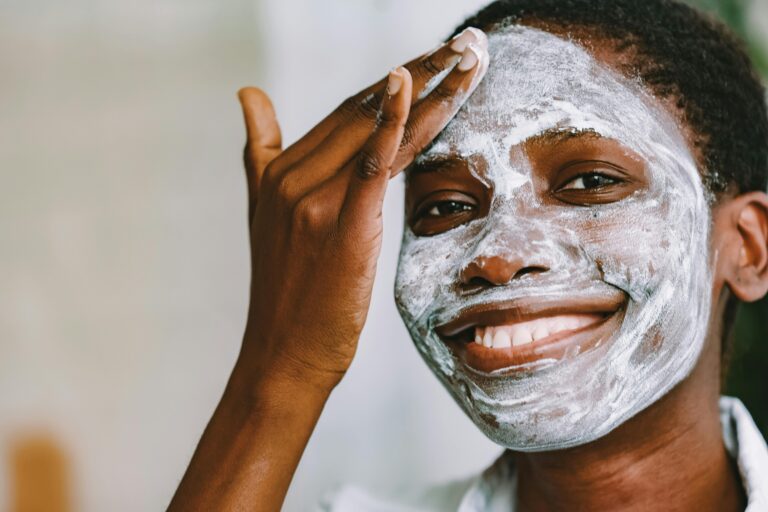Marriage in Burkina Faso

Marriage is an important aspect of the Burkinabè society. Its ceremony is a special event, just as it is in many parts of the world. Generally, people often remember anecdotes about how they met their spouses, who introduced them, or how they were encouraged to get married because they were advancing in age and needed to settle and start a family. Sadly, others might also reminisce about how they were forced into marriage to someone they did not love. However, one important role that marriage plays is the promotion of kinship and unity.
Forms of marriage in Burkina
The statutory law governing marriage in Burkina Faso is the Burkina Faso Family Code, which recognizes civil, religious and traditional marriages as the only legally valid and binding forms of marriage in the country. The Family Code sets the legal age of consent for marriage at 20 years for boys and 17 years for girls. Forced and child marriages are prohibited by law. As a country of 20 million people, 60 ethnic groups and three major religions, there certainly are diversities in the forms in which marriage ceremonies are conducted. However, one of the striking features of marriage in Burkina is that religious difference does not constitute an obstacle in most cases. It is, therefore, very common to see couples practising different religions. This has spared the country the devastating religious-based conflicts bedeviling some of its neighbors in the West African sub-region.
It is relevant to mention that forced marriage was practised in Burkina, a long time ago. Friends could betroth their children from infancy. Among the Fulani (nomads, cattle breeders), marriage between cousins was very common. The Fulani intermarriage is based on a couple of factors: they are very staunch defenders of their culture and identity. They take pride in their fair complexion, slim figures and pointed nose. However, with modernity, marriages between cousins are discouraged in order to stop the perpetuation of certain hereditary diseases like illnesses that affect the sight, mental deficiencies and many others.
From the cola to the town hall
In Burkina, the marriage ceremony is usually conducted in three steps: the traditional ceremony, followed by the religious, and finally the civil ceremony. Some couples do not go through all three stages, they stop at the second stage, the religious ceremony. The first step in the marriage ritual is a visit to the family of the potential bride by selected relatives of the man. Through that visit, the relatives of the groom make their intention known. People who command respect are those who constitute that first delegation, mostly, the uncles of the groom. An immediate answer is usually not given. The visiting party is told to give some days for the girl’s family to carry out some enquiries. The inquiry is usually done to ascertain if there is any disease that runs through the groom’s family, their reputation and occupation, etc. Once the bride’s family is satisfied with the outcome of the inquiry, the news is conveyed to the groom’s relatives who then organize the first event of the ceremony – the distribution of cola. Cola nuts are the fruits chosen to celebrate that stage. In most African societies, cola nut is a symbol of peace, friendship and hospitality. Neighbours, friends and acquaintances are invited, and the griot announces the union of the two people in marriage. Sometimes, toffee is added to the cola. The community attests to the fact that the cola of the bride “has been shared”. Women sing and dance in celebration of the new couple. Men also use the occasion to socialize with acquaintances.
Some few months after this event, the traditional wedding is organized. The bride goes through a process of beautification. First, she stays indoors for about a month while she is being ‘fattened’. She eats fruits, milk and meat which makes her plump (a plumb bride is much cherished in the traditional West African society) and her skin glows. During that period of isolation, she is trained by elderly women on how to take care of her husband, children and the extended family of her husband. As the day for the ceremony approaches, her hands and feet are decorated with henne. She is given a magnificent new hair style. On the day of the main ceremony, large quantities of rice, meat soup, lemonade and local drinks made with millet flour and sugar are consumed. Women wear their nicest clothes, the griots and griottes play music and sing, and both men and women dance. Young men brew and drink a special type of tea called duthé or atai. Sharing this tea means sharing in the joy of the newly married. When darkness settles, the bride is conveyed to the groom’s house where he welcomes his wife in an especially neat house. The final stage, for those who desire, is to do a civil marriage officiated by a mayor in the presence of witnesses, where a certificate is presented to the couple.
Modern influences
Traditionally, The Faso Dan Fani (woven cloth of the homeland) is the fabric with which the outfits of the bride and groom are made. There is always a common colour – often to a little but visible extent – in the attire of the two. This attire is a matter of national pride for the Burkinabè. However, Burkina is not exempt from the influence of foreign cultures. In recent times, marriages have become very costly. The expensive bridal gowns and suit for the groom, renting exotic car in which the newly wedded ride, the ball thrown the night of the wedding drain the pockets of the newly married and their relatives. This is a source of tension in most marriages. Sadly, unlike decades ago, divorce is now on the rise because marriage is a private affair. Only a few close friends and family members are invited to the celebration unlike in the past when it used to be a free-for all celebration. This exclusiveness weakens the bond of unity that marriages bring to families and communities and is identified as a possible contributing factor to divorce.
Moussa Traoré is a Senior Lecturer at the Department of English of the University of Cape Coast, Ghana.






